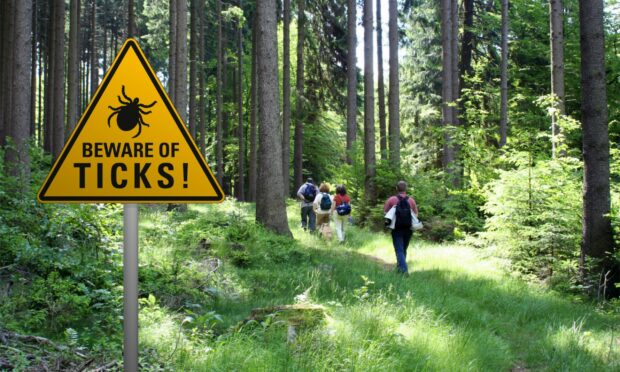A Fort William GP has called for ticks in Scotland to be mapped in a similar way to avalanches after a serious tick-borne disease was discovered in the UK.
Dr James Douglas, from Fort William, has said the small spider-like insects, known to spread infections to humans like Lyme disease, should be regularly sampled.
Ticks are particularly prevalent in areas of the Highlands due to the abundance of wild animals, which they usually feed off but can transfer to humans when in close contact.
It is believed that one in 10 ticks can carry serious diseases such as Lyme disease, with most hiding in tall, long grass commonly found in the Highlands.
Dr Douglas told the BBC he believes ticks can be mapped similarly to how avalanches are through the Scottish Avalanche Service, which gathers data from six mountain areas.
It comes following the discovery of tick-borne encephalitis in the UK, and while rare and most people do not develop symptoms, swelling to the brain is possible.
A new system could make it easier to track ticks across the Highlands.
According to Dr Douglas, tick sampling has been carried out before but it is “sporadic”.
He said: “Longer term we need systematic analysis a bit like the avalanche service in the wintertime.
“We need a similar sort of service that’s sampling the ticks all the time in particular areas so we know what germs are in the ticks and how we deal with them.”
Ticks are much more common from early spring to late autumn, but there has been evidence to suggest an all-year-round risk.
It is also been revealed that Uist in the Western Isles has the highest rate of Lyme disease in Scotland.
Dr Douglas says that people most at risk include gardeners, forestry workers and rangers as well as people hiking or camping outdoors.
People should wear light-coloured clothing to easily see small black ticks, not leave skin exposed, and spray insect repellent.
To find out more about ticks, visit Public Health Scotland.


Conversation